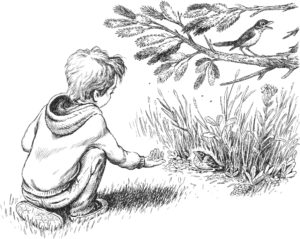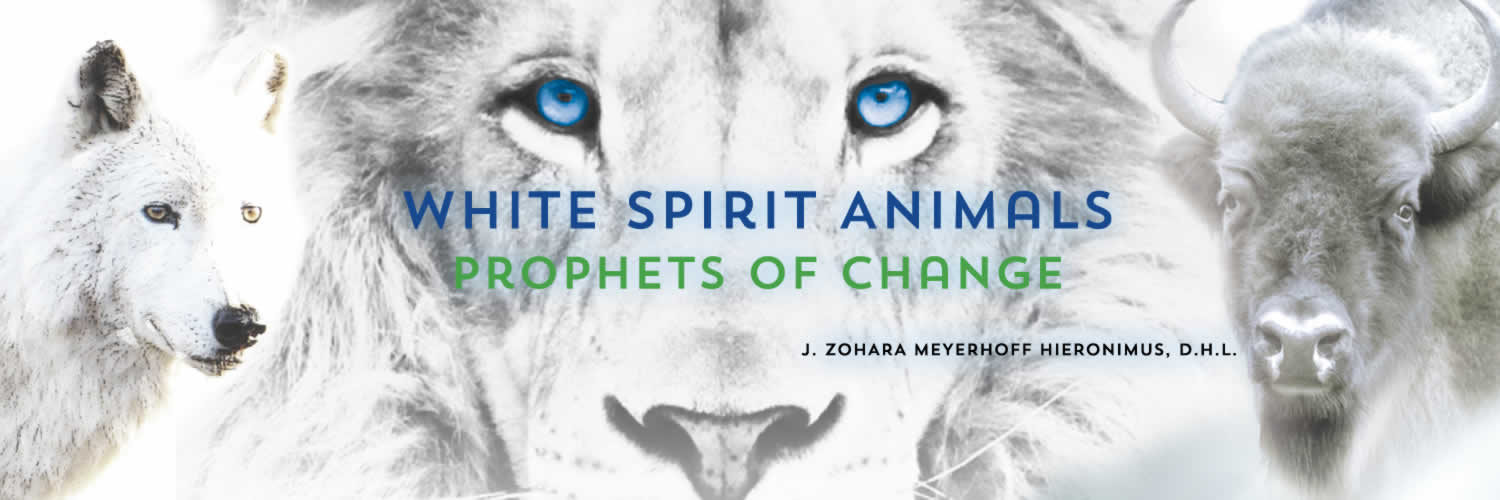
April 8, 2018 · By Margaret Renkl
Being the caretaker of two very old dogs means frequent visits to the pet-supply store, but I don’t take my geriatric companions with me when I shop. In their sore, deaf, rickety old age, they are made anxious by the bounding puppies in the store’s cavernous fluorescence. For my dogs, a pet supermarket is a chamber of tortures.
And not just for them. I recently crossed the main aisle just as a big man pushing a stroller was coming the other way. The screen covering the stroller was zipped, and the animal inside had scooted back as far as it could, so I caught only a glimpse. “That dog looks just like a fox,” I said.
“It is a fox,” the man said.
I squatted for a closer look. The creature inside drew back, but I could see it well enough to know it truly was a fox.
The man must’ve read the shock in my eyes because he immediately volunteered that he owned the fox legally, having bought it as a kit from a licensed breeder. This fox, a male, was skittish, he said, but his family also owned an arctic female who was friendly with strangers. Standing in line a few minutes later, I saw him leaving with a woman pushing a white fox in an identical stroller.
I’ve seen many foxes in the wild — and heard their unnerving screams in the dark — and I was sure the man was breaking the law. But I was wrong.
It’s illegal here in Tennessee to remove any animal from the wild to keep as a pet, but wild animals raised in captivity are a different matter. With proof that the animal came from a legal source, it is indeed permissible to keep a captive-bred fox as a pet, as long as it doesn’t belong to a species native to Tennessee. The fox in the stroller looked like a full-blooded Tennessee gray fox to me, but he must have been some other state’s fox.
“Taming” a wild animal is merely the act of desensitizing it to human beings, and the temptation to do it seems hard-wired into us. In high school I taught a backyard squirrel to climb into my lap and take shelled pecans from my fingers. Last summer, I would whistle for the bluebirds every time I filled the mealworm feeder, and they would fly to the nearest branch and wait impatiently for me to step away. To anyone watching, it must have looked as though I had a pet family of bluebirds, and in truth it would have been no great trick to move my chair closer and closer to the feeder until those birds were eating from my hand.
But doing that would have been an unkindness.
Few animals in the wild can tell the difference between the person who feeds them and any random person in the same vicinity. My tame squirrel used to startle my mother by creeping up and licking her toes while she hung laundry on the line. A tame animal can easily be mistaken for rabid by people who don’t know it’s tame. That’s why “pet” animals in the wild are often euthanized.
And orphan animals raised by humans are the most vulnerable of all, unprepared to live in the wild, if they even survive a clueless rescuer’s attempt to feed them.
As a college student in Alabama, I was trained as a wildlife-rescue volunteer, and I raised many orphaned animals — rabbits, squirrels, opossums, songbirds — and released them according to a protocol designed to give them the best chance at survival. These days if I find an injured bird or an orphaned squirrel, I take it to Walden’s Puddle, the wildlife rehabilitation center closest to me.
And yet all over social media, I see images of cute baby animals being reared by well-meaning people who have found a cottontail rabbit’s nest and assumed the little bunnies to be orphaned, or fledgling birds assumed to have fallen from the nest. In most cases, the babies are fine and the anxious parents are nearby, just waiting for the bumbling humans to leave them alone.
These wild animals may eventually be tamed, but they’ll never be domesticated. A tamed animal might seem affectionate, but it maintains all the normal propensities of its species, and its offspring will not exhibit any inherent friendliness toward humans — the babies will need to be tamed all over again. Domesticated animals, by contrast, have been selectively bred for human companionship across thousands of years.
It’s possible to domesticate foxes, as Russian scientists in Siberia have proved — a story fascinatingly told by Lee Alan Dugatkin and Lyudmila Trut in “How to Tame a Fox (and Build a Dog).” But it takes many generations to do so. Some offspring don’t exhibit the traits of domesticated animals despite nearly 70 years of selective breeding.
I sympathize with the desire to bring wild animals into the human sphere. Every spring, I sit outside near the safflower feeder in the sun of a Sunday afternoon, as still as I can manage, and a tufted titmouse will invariably land in the tree next to me, hopping closer — limb to branch to deck rail to chair back — until finally she is sitting on my head. I thrill to feel her tiny passerine claws scrambling against my scalp. I try not to yelp when she yanks out my hair to line her nest.
But the best way to love a wild animal is to leave it in the wild, a world that coexists with our own but is always apart from ours. I can’t shake the image of that fox in the pet store — its lowered head and averted eyes, the intelligence of its ears, the delicate precision of its paws. What a magnificent animal, revered since the earliest days of human culture for its cleverness and wiles. What a terrible fate, to be zipped up in a nylon stroller and wheeled between the electric fences and the rhinestone collars.
Margaret Renkl is a contributing opinion writer.
From The New York Times
